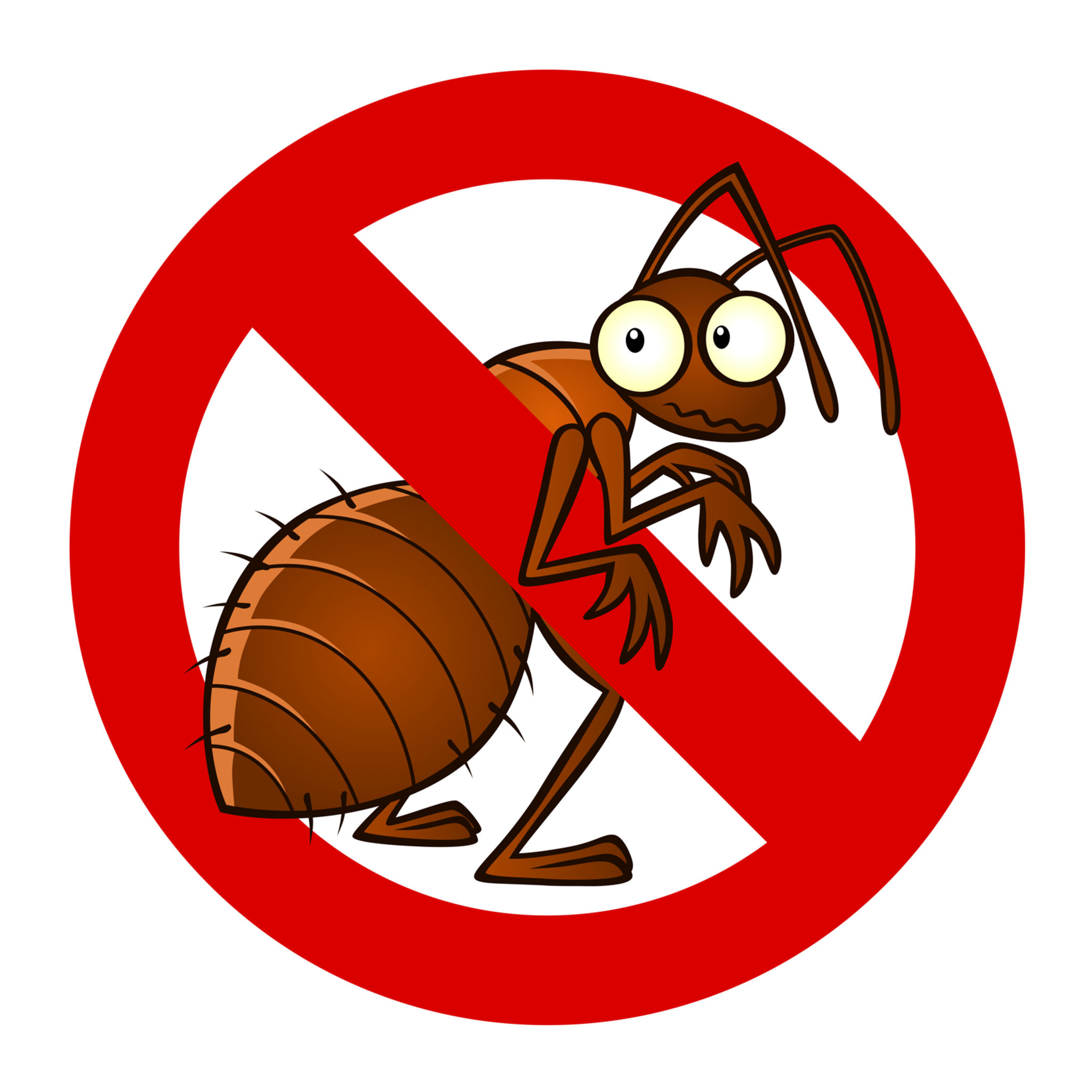Expert A1 Charlotte Bed Bug Exterminator - Quality Solution Ensured
Wiki Article
Bed Bug Treatment Breakdown: Contrasting Chemical Vs. Non-Chemical Solutions
In the world of pest control, especially when managing the consistent concern of bed bugs, the option between chemical and non-chemical treatment options can be a pivotal one. Both methods use distinctive advantages and disadvantages, influencing aspects such as performance, safety factors to consider, and overall cost. By checking out the nuanced information of each technique, a more clear understanding of which path to seek in addressing a bed insect problem can be attained.Efficiency of Chemical Therapies
Chemical treatments for bed pest invasions have been widely recognized for their potent and fast effectiveness in removing these insects. When considering the performance of chemical therapies, it is essential to recognize that they can supply a detailed and quick option to a bed insect problem.Moreover, chemical therapies have the advantage of using residual effects, indicating that they can remain to remove bed bugs even after the initial application. This recurring action is particularly beneficial in combating any potential re-infestations. Furthermore, the quick activity of chemical therapies can bring relief to people dealing with extreme bed bug problems, permitting them to regain control of their space quickly.
Safety Worry About Chemical Solutions
One important aspect that calls for cautious factor to consider when making use of chemical options for bed bug therapy is making certain the security of owners and the setting. Direct exposure to specific chemicals used in bed pest therapies can lead to respiratory system problems, skin irritability, or various other unfavorable responses, particularly in individuals with pre-existing problems or level of sensitivities.In addition, the ecological influence of chemical solutions is another substantial consideration. Some chemicals made use of in bed bug treatments might be unsafe to helpful pests, wild animals, and communities if they leach right into the dirt or water systems. It is necessary to make use of chemical treatments sensibly, complying with security standards, and thinking about much less hazardous alternatives to alleviate these threats and guarantee the risk-free and effective monitoring of bed bug problems.
Advantages of Non-Chemical Approaches
Taking into consideration the possible security concerns and ecological effect connected with chemical solutions for bed pest therapy, checking out non-chemical techniques provides an appealing alternative with numerous unique benefits. Non-chemical therapies are ecologically friendly, as they do not contribute to air or water contamination, making them a sustainable selection for insect control.Additionally, non-chemical options can be effective in targeting bed insects, including hard-to-reach areas where chemical therapies might not pass through - A1 charlotte bed bug exterminator. Approaches such as heat treatment, vacuuming, vapor cleansing, and mattress encasements offer extensive eradication without the use of dangerous chemicals.
Limitations of Non-Chemical Treatments

In addition, non-chemical therapies usually require several applications to attain successful elimination. This can be time-consuming and might not always ensure total removal of all bed bugs and their eggs, particularly in hidden or hard-to-reach places.
Moreover, the success of non-chemical therapies heavily relies upon appropriate execution and thoroughness, which can be testing for individuals without expert competence. Poor application of non-chemical methods may lead to incomplete obliteration, resulting in consistent problems and the demand for added treatments.
As a result, while non-chemical therapies have their benefits, it is vital to recognize these constraints and consider them when determining one of the most efficient technique for managing bed pest invasions.
Expense Comparison: Chemical Vs. Non-Chemical Options
Offered the limitations linked with non-chemical therapies, an important facet to review in the context of bed pest administration is the expense comparison next in between chemical and non-chemical choices. Chemical treatments usually include the application of insecticides by professionals, which can range from $250 to $900 per area, relying on the intensity of the invasion and the size of the location to be dealt with. On the other hand, non-chemical therapies like warm therapy or steam can be a lot more costly, with expenses ranging from $1,000 to $6,000 for an entire home. While the first expense of chemical treatments bed bug exterminator may appear reduced, multiple therapies might be needed to fully remove the infestation, possibly enhancing the overall price. On the various other hand, non-chemical choices may provide an extra green and lasting remedy, although they can be cost-prohibitive for some individuals. Inevitably, when taking into consideration the expense of bed bug therapy options, it is vital to weigh the ahead of time costs versus the efficiency and lasting sustainability of the selected method.Conclusion

Considering the potential safety and security issues and environmental impact associated with chemical options for bed pest treatment, discovering non-chemical methods offers an encouraging alternative with a number of distinctive benefits.Given the limitations associated with non-chemical treatments, an essential element to examine in the context of bed pest management is the expense contrast in between chemical and non-chemical alternatives. In comparison, non-chemical treatments like heat treatment or heavy steam can be extra costly, with expenses ranging from $1,000 to $6,000 for a whole home. While the preliminary expense of chemical therapies might seem reduced, numerous therapies may be required to completely eradicate the infestation, potentially enhancing the overall cost.In final thought, when contrasting chemical and non-chemical bed pest click this site therapy alternatives, it is important to think about efficiency, safety, benefits, limitations, and cost.
Report this wiki page